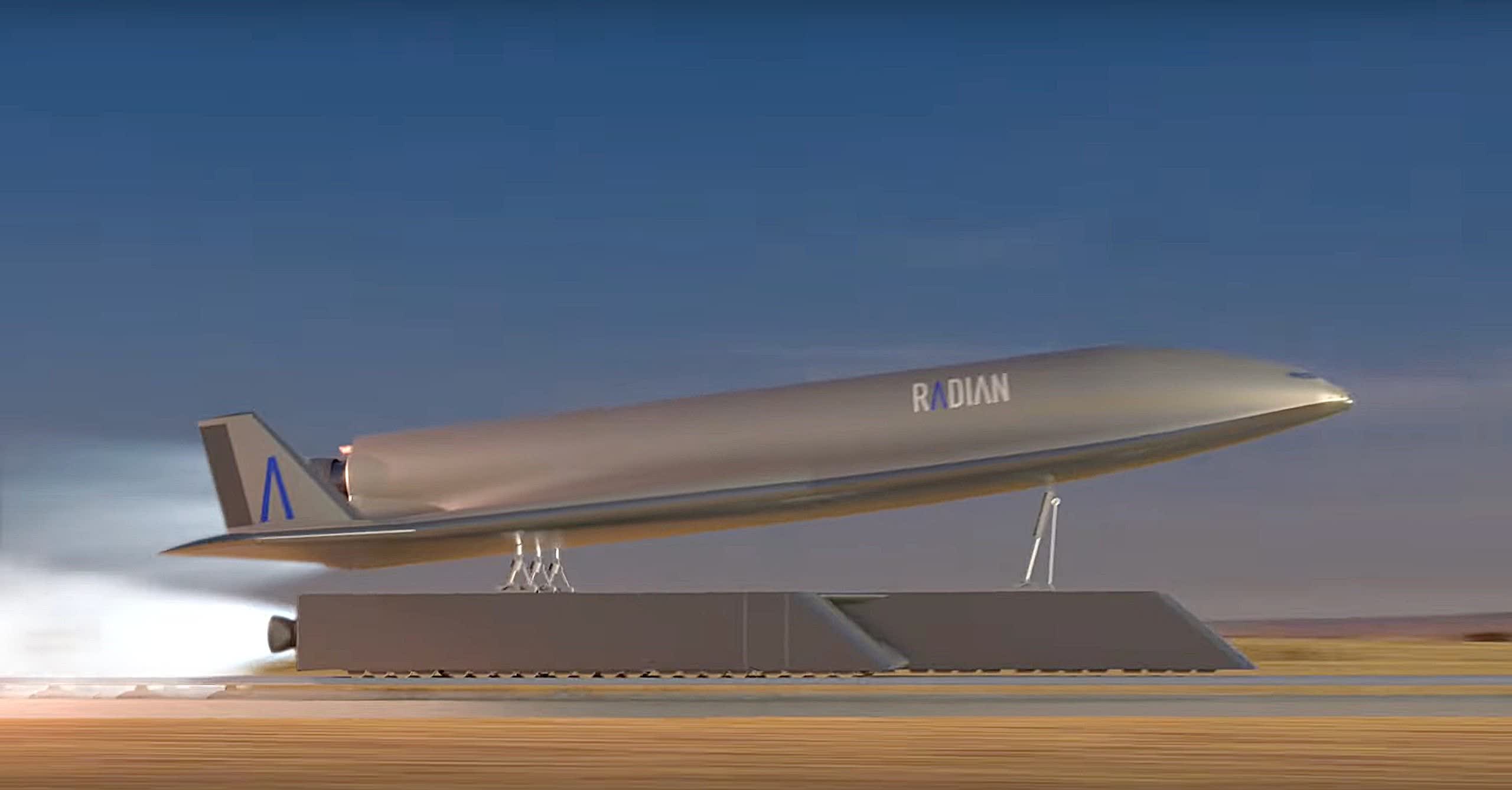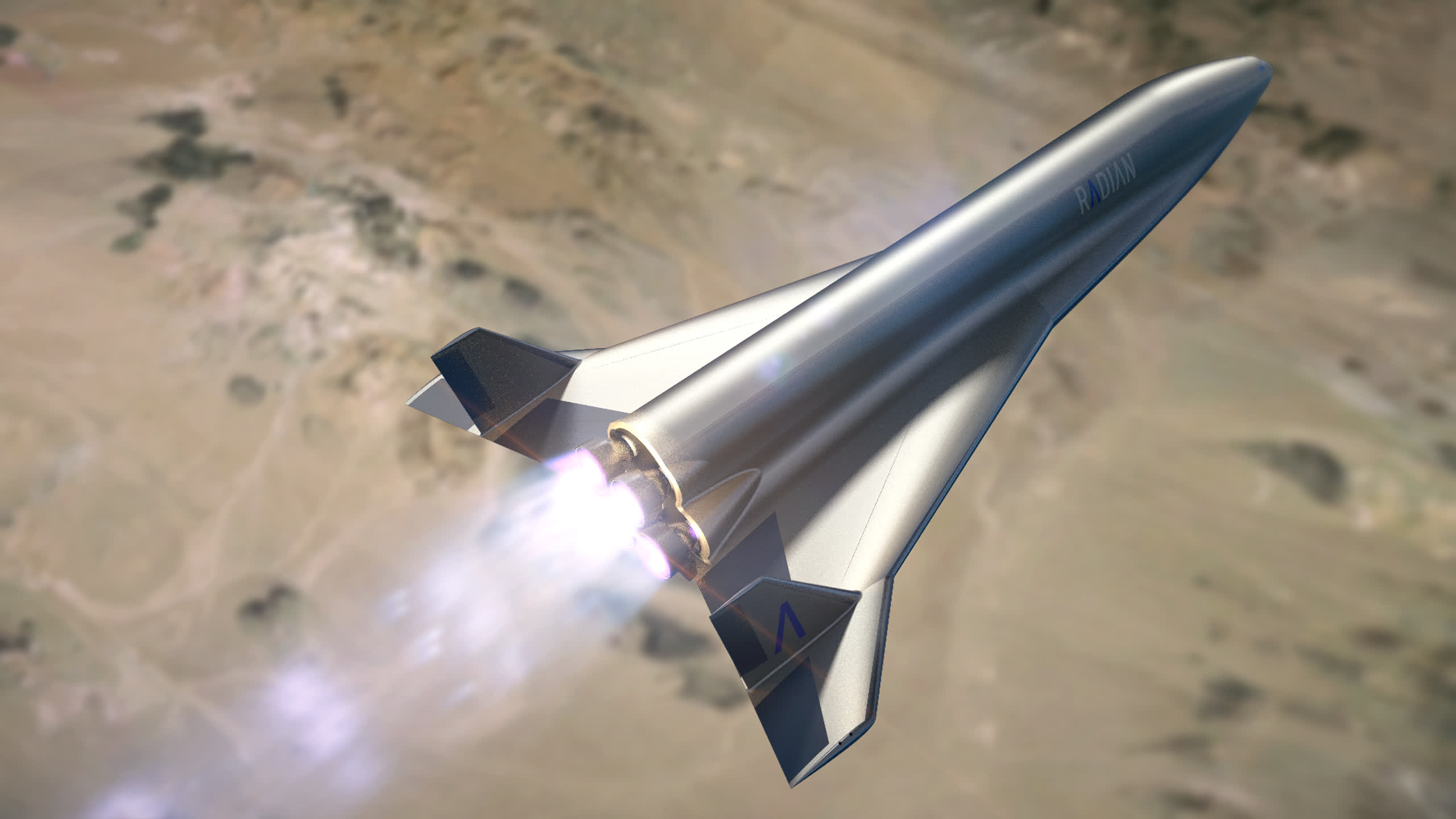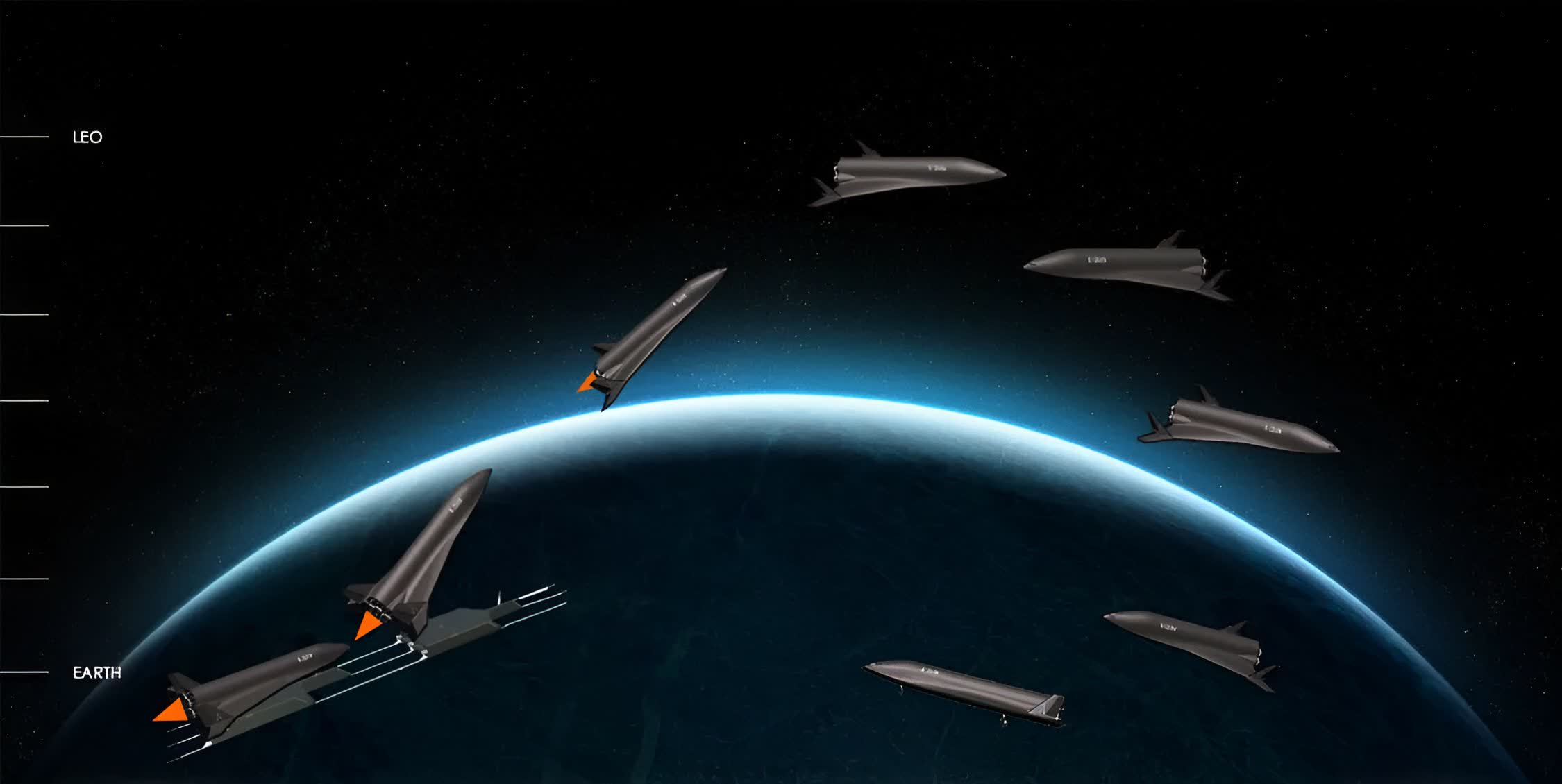Posts: 405 +5
Why it matters: Back in the 90s, NASA had a bold vision: to develop a reusable space plane called the X-33 that could dramatically reduce the cost of launching payloads into orbit. However, the agency ultimately scrapped the program in 2001 due to technical challenges. Now, that dream is being revived by an ambitious Seattle startup determined to finish what NASA started over two decades ago.

Radian Aerospace is developing Radian One, a fully reusable space plane designed to transport up to five astronauts into space as many as 100 times. The company raised an impressive $28 million in funding in 2022. Leading the effort is Livingston Holder, former NASA program manager for the ill-fated X-33, who now serves as Radian's chief technology officer.
Holder believes that reviving the space plane concept is far more feasible today than it was in the early 2000s.
"We've got composite materials that are lighter, tougher and can take a larger thermal range than we had back then," he explained in an interview with CNN. "And propulsion is better than anything we had, in terms of how efficiently it burns propellant and how much the systems weigh."
The idea of a space plane remains alluring after all these years because the demand for affordable access to space has only intensified, driven by the growing use of satellite networks. Unfortunately, conventional rockets still present an inherently expensive way to reach orbit.
As former NASA astronaut Jeffrey Hoffman explains, a typical multi-stage rocket requires around 95 percent of its total mass for fuel just to break through the atmosphere at over 17,500 mph – leaving little room for the actual vehicle and payload. Additionally, they are extremely wasteful, with multiple stages that must be discarded during flight.

Instead of a traditional vertical rocket launch, Radian's innovative solution involves having the Radian One take off from a two-mile-long electromagnetic rail. A rocket sled would accelerate the plane to over 500 mph before releasing it, allowing its onboard engines to complete the final push into orbit.
Radian explains that this unconventional two-part system, along with lightweight landing gear and aerodynamic wings, is crucial to making their single-stage space plane a reality.
The unique airline-style ascent profile also promises a smoother ride compared to vertically-launched rockets while significantly reducing fuel consumption and associated costs. If all goes according to plan, Holder envisions Radian One as the "pickup truck" of space launch – ideal for lighter payloads – while conventional rockets continue to serve as higher-capacity "18-wheelers."

However, many challenges still lie ahead on Radian's path to orbit. A full-scale prototype isn't expected until 2028 at the earliest, though an initial prototype is slated for testing this year. The longer-term vision is enticing: offering an affordable new option for the commercial space industry.
Rocket-powered sleds poised to launch space planes into reality